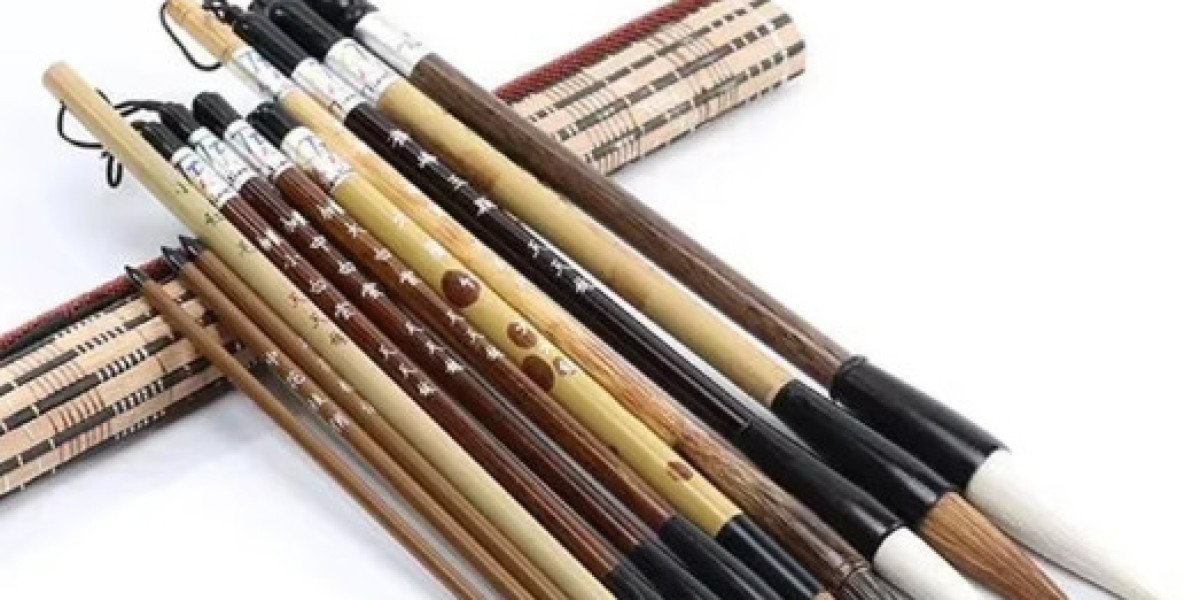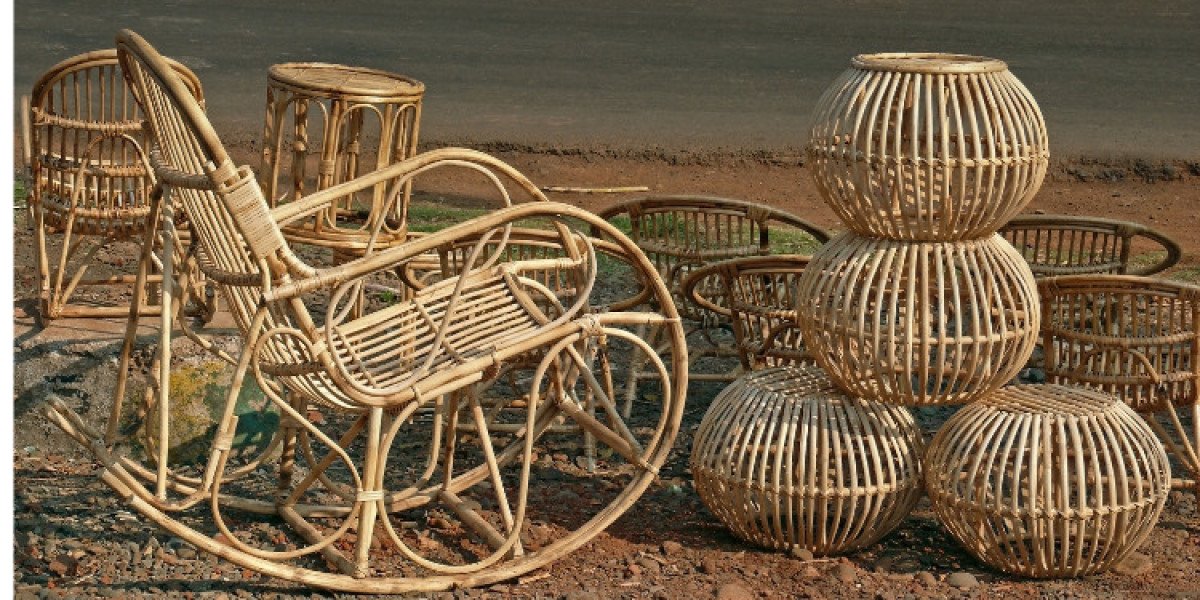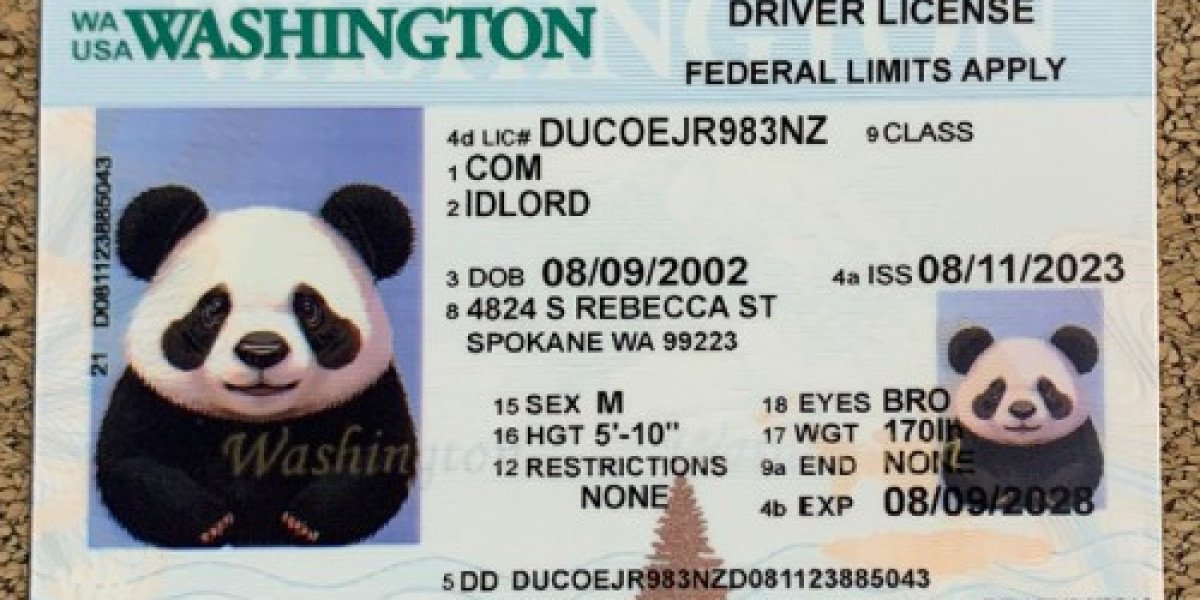In a world where art can be created with a swipe of a screen, the continued reverence for Chinese brushes might appear surprising. Yet, visit any studio dedicated to calligraphy, traditional painting, or East Asian aesthetics, and you’ll likely find these time-honored tools in prominent use. The cultural weight and artistic tradition embodied in Chinese brushes have kept them firmly rooted in the present. But what makes them so essential that digital convenience hasn’t replaced them?
Let’s unravel the story behind Chinese brushes, understand their cultural role, and explore why they remain irreplaceable in both traditional and modern creative practices.
A Historical Tool Steeped in Cultural Legacy
The origins of Chinese brushes date back over 2,000 years to the Warring States period. As one of the “Four Treasures of the Study” (文房四宝)—alongside ink, inkstone, and paper—these brushes have had a deep-rooted connection with Chinese intellectual and artistic life. Scholars, monks, and artists used them not only as tools but as extensions of their thoughts and emotions.
Each brush is more than a simple writing instrument; it’s a cultural symbol. Chinese brushes have been integral to the development of Chinese calligraphy, which is considered not just a method of writing, but a high art form. The control of ink flow, the varied strokes, and the expressive nature of calligraphy rely heavily on the unique flexibility and absorbency of these brushes.
Types of Chinese Brushes: Tradition in Variety
Though “Chinese brushes” sounds like a general term, it refers to an array of brush types crafted for specific uses. These brushes are made using various animal hairs—such as goat, wolf (weasel), or rabbit—each offering different textures and fluidity.
Goat hair brushes are known for their softness and are ideal for flowing, elegant strokes, often used in cursive scripts.
Wolf hair brushes are stiffer and suit precise, strong strokes, favored in regular script or detailed painting.
Mixed hair brushes blend the two for balanced control and fluidity, offering versatility to the artist.
The variety in Chinese brushes supports the creation of distinctive brush techniques seen in different styles of Chinese calligraphy and ink painting. Mastery over the brush determines the stroke’s emotion, pressure, and rhythm—key elements in both writing and visual storytelling.
Beyond Calligraphy: Chinese Brushes in Painting
While Chinese calligraphy often garners attention in discussions of brushwork, Chinese painting (国画) is just as significant. Landscapes, bamboo, flowers, birds, and mythical scenes emerge with dynamic fluidity from these brushes. Here, the term "brush painting" comes into its own.
Ink painting relies on the brush’s ability to control tone, pressure, and water absorption. A single stroke can go from dark to light, from sharp to soft, creating lifelike elements that are often abstract yet emotionally vivid.
Many artists outside of China have also embraced Chinese brushes for their unique capacity to blend control with spontaneity. In Japanese sumi-e, Korean ink art, and even contemporary Western watercolor, these brushes are admired for their responsiveness.
Craftsmanship Behind Every Brush
What truly elevates Chinese brushes is the handmade process behind them. Each brush is crafted with precision, often involving skilled artisans who carefully select hair types, align bristles, and fix them into bamboo or wood handles. The process may take days, even weeks, depending on the quality desired.
The knotting, binding, and shaping of the brush head are crucial. Unlike synthetic or machine-made brushes, traditional Chinese brushes are constructed to hold and release ink in controlled ways. Artists often claim that once they find the right brush, it becomes an irreplaceable partner in their work.
This connection between artisan and artist forms a lineage of creative integrity, where the tools carry stories, tradition, and respect for craft.
Cultural Expression and Identity
Chinese brushes are more than utilitarian tools—they’re expressions of cultural identity. Learning to use them often involves understanding the philosophies embedded in Chinese aesthetics: harmony with nature, the balance of yin and yang, and the flow of qi (energy). These ideas are not merely academic; they are felt in each stroke.
In Chinese education and artistic training, the brush still holds central importance. Schools, universities, and cultural institutions across Asia and around the globe teach brush techniques as part of preserving intangible cultural heritage.
Many modern artists blend traditional Chinese brush techniques with abstract or experimental forms, giving rise to a new wave of brushwork that bridges old and new worlds. In these spaces, the Chinese brush is not a relic—it’s a living, breathing vessel of innovation and heritage.
The Role of Chinese Brushes in Global Art Markets
As global interest in East Asian aesthetics has grown, so has the demand for authentic Chinese brushes. Collectors, artists, and calligraphy enthusiasts seek out high-quality brushes from reputable manufacturers and artisans. Whether for personal expression or formal education, these brushes are becoming essential tools in studios far beyond China’s borders.
Art supply stores, online platforms, and cultural shops now carry a wide variety of Chinese brushes, catering to artists who appreciate their versatility. Enthusiasts are increasingly interested in the history and stories behind the brushes they use, contributing to a more conscious and intentional art practice.
Promotional Insight: Where to Find Quality Chinese Brushes
If you're new to using Chinese brushes or seeking to expand your collection, sourcing authentic tools is essential. Look for shops that specialize in traditional art supplies, especially those that support Chinese artisans or directly import from trusted workshops in regions like Huzhou or Fuyang—renowned hubs of brushmaking.
For those eager to explore the world of brush painting and calligraphy, starting with a basic set that includes a goat, wolf, and mixed-hair brush can open new creative dimensions. These are often available in curated kits tailored for beginners or advanced users, helping you experiment across different techniques and forms.
Final Thoughts
Despite the rise of digital art and modern tools, Chinese brushes remain irreplaceable in the hearts and hands of artists around the world. They carry centuries of wisdom, embody cultural values, and empower creative expression with their unique fluidity and depth.
For every calligrapher refining their script, for every painter capturing the spirit of a mountain mist, and for every artisan honoring tradition, the Chinese brush is more than a tool—it is a legacy. Whether you’re just discovering this art form or have practiced it for years, the journey with a Chinese brush is one of continuous learning, respect, and inspiration.








